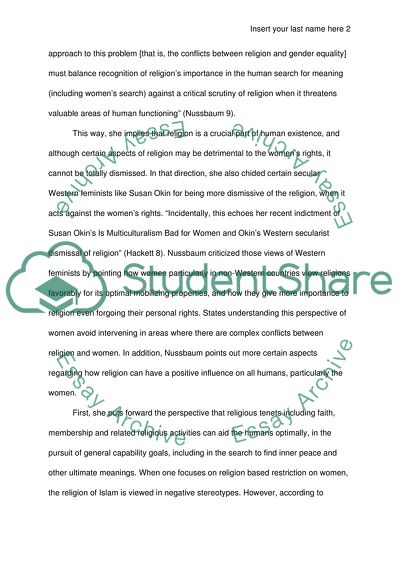Cite this document
(Nussbaum on Religion and Women rights Essay Example | Topics and Well Written Essays - 1500 words, n.d.)
Nussbaum on Religion and Women rights Essay Example | Topics and Well Written Essays - 1500 words. https://studentshare.org/religion-and-theology/1768417-nussbaum-on-religion-and-women-rights
Nussbaum on Religion and Women rights Essay Example | Topics and Well Written Essays - 1500 words. https://studentshare.org/religion-and-theology/1768417-nussbaum-on-religion-and-women-rights
(Nussbaum on Religion and Women Rights Essay Example | Topics and Well Written Essays - 1500 Words)
Nussbaum on Religion and Women Rights Essay Example | Topics and Well Written Essays - 1500 Words. https://studentshare.org/religion-and-theology/1768417-nussbaum-on-religion-and-women-rights.
Nussbaum on Religion and Women Rights Essay Example | Topics and Well Written Essays - 1500 Words. https://studentshare.org/religion-and-theology/1768417-nussbaum-on-religion-and-women-rights.
“Nussbaum on Religion and Women Rights Essay Example | Topics and Well Written Essays - 1500 Words”. https://studentshare.org/religion-and-theology/1768417-nussbaum-on-religion-and-women-rights.


